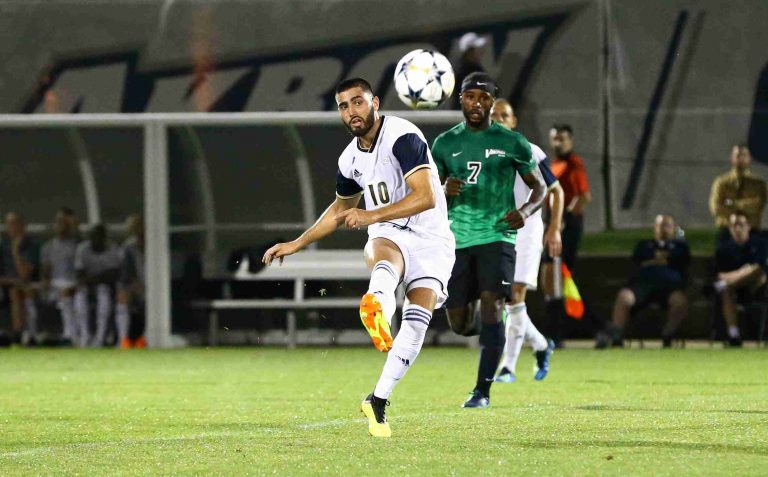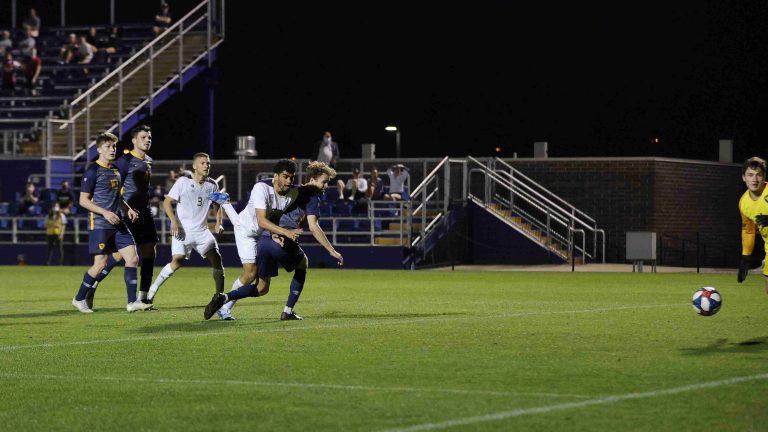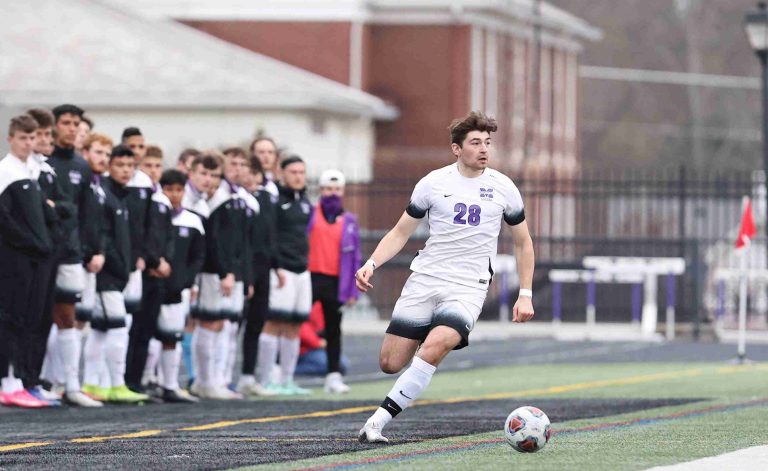MLS academies shine at 2014 MLS All-Star events
The 2014 MLS All Star weekend was exciting on and off the pitch. Not only did the MLS All-Stars beat German champs Bayern Munich 2-1, but also this week’s festivities included the first-ever Chipotle Homegrown game. Featuring some of the young, up and coming talent in the USA’s top league, it brings up the question of how much longer college soccer will be relevant. With MLS clubs across the country pumping more funds and support into the youth academy system, 18- and 19-year-old players are skipping college all together in favor of going directly to the pros.
This past Tuesday, West Virginia University Athletic Director Oliver Luck, former MLS club president Kevin Payne, and NSCAA member Rob Kehoe were in Portland to lobby their plan to restructure the college soccer landscape. The current system has men’s college soccer running from August through the National Championship in December, cramming in as many games as possible during those five months. However the plan for Luck, Payne, and Kehoe is to make collegiate soccer a year-round sport.
Instead of having 20-plus games during the fall, the season would be much more spread out. According to their plan there would be 15 matches in the fall and 10 in the spring. In theory this would provide players more time to train and develop, while decreasing the threat of injury due to overworking. While not at the top of the incentives to switch to this format, it would allow students more time to devote to their studies. After all, they are student-athletes.
While some schools are able to provide top-flight coaching to their athletes, the current problem professional clubs are seeing is that the training across the country is not equal. Even at schools such as the University of Akron, University of Maryland, Wake Forest, or North Carolina just to name a few, their players still compete for their academy team during the spring and summer. This does solve part of the problem of lack of year-round training, but coaches will have different tactical strengths, making perfecting a style of play very difficult. We were able to see that this summer at the World Cup as some players were able to adjust and play for Jurgen Klinsmann much quicker than others.
One component that athletic directors across the country would have to look into is how to fund such a massive program. Already a strain on the budget, having to supply travel and other costs for an additional five to six months could be a major dilemma. With only a handful of schools even selling out their stadiums, the change in format would need support from multiple other backers. Something schools have to address as well is what conference they will play for. West Virginia University competes in the Big 12 in all sports except men’s soccer, as they are the only school in the conference with a men’s soccer program. Returning to the funding of this program, even if the Big 12 had more soccer programs, sending a non-revenue sport from West Virginia to Texas, Kansas or Missouri amongst others could devastate an athletic department’s budget.
As the game of soccer continues to grow in the United States, there will need to be a change to our developmental system. Has it been shown that the MLS academy players are succeeding? The answer would be yes, however with only 21 MLS teams currently, in such a large country, not every child that plays soccer would have the opportunity to play for a team’s academy. Think about a child in West Texas having to drive close to eight hours just to reach the Dallas or Houston facilities. That is economically and time straining for parents who have jobs and careers of their own.
Until the day comes when MLS clubs are paying for a child’s education, training, and lodging, college soccer will have a place in this country. Over the next several decades as clubs pop up in more cities, it will provide clubs and players alike the opportunity to excel from the academy programs. Looking into the future, the College Cup will more than likely be held in December for a long time to come.






